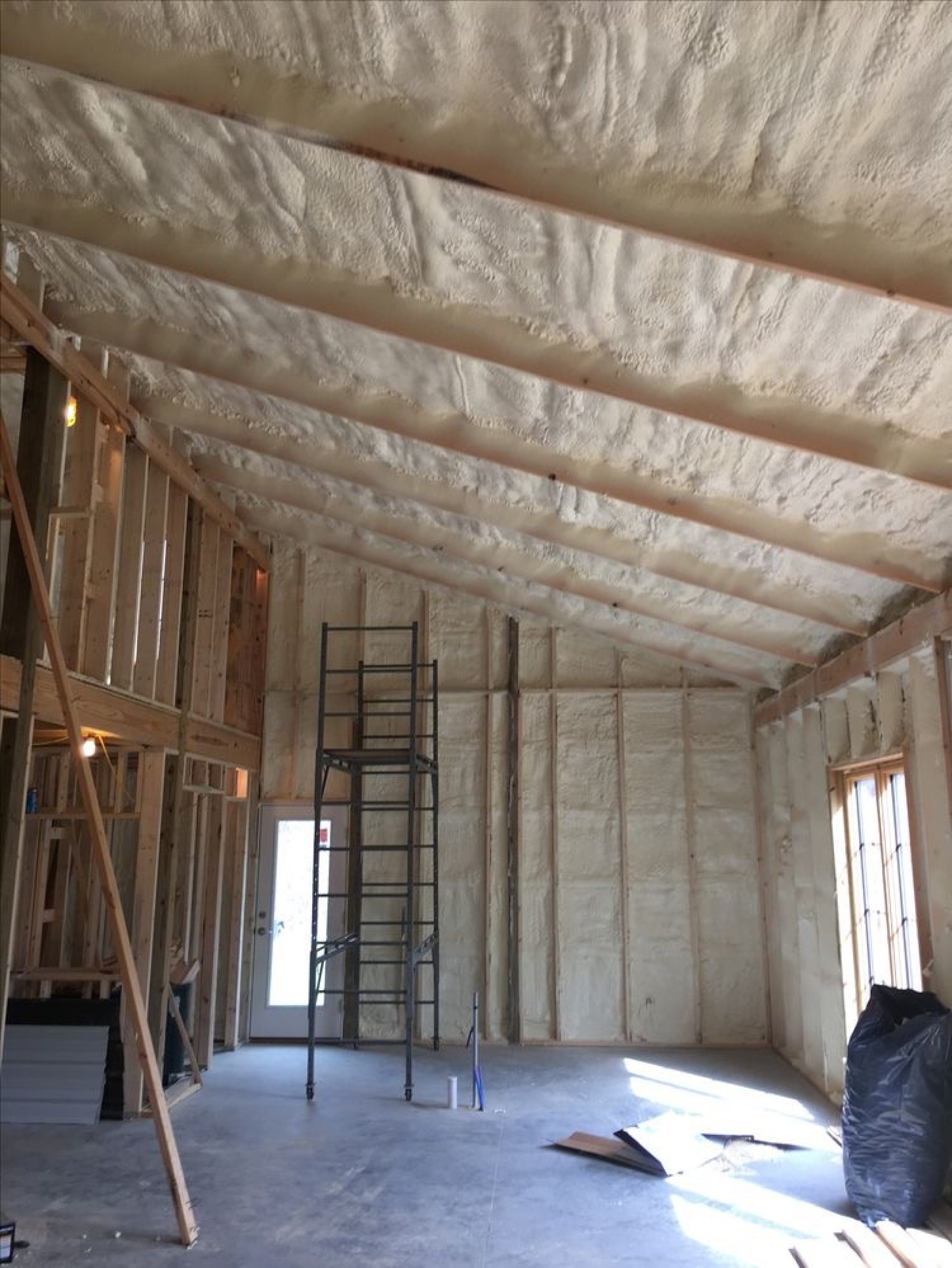Minnesota Energy Code—Category One Buildings
What is the energy code?
The Minnesota energy code, a part of the state’s building code, covers heating, ventilation, cooling systems, windows, insulation and other energy-efficiency features in new houses. The code sets minimum standards for the way houses are built in areas where the building code has been adopted. Many communities in rural Minnesota do not have building inspection departments, but the majority of Minnesotans live in cities where the building code is enforced. This Minnesota energy code is one of the most stringent minimum energy codes in the nation.
Why did the energy code change?
Most older houses were drafty. Air would blow in through tiny cracks and openings, and blow out. But over the years people have grown more concerned about energy efficiency, so houses have been built tighter with more insulation and fewer air leaks. A tight house costs less to heat and cool, and it’s more comfortable.
A tight house also needs adequate ventilation. Warm, moist air trapped in a house can cause all sorts of problems, including upper respiratory illnesses and rotting wood. A 1995 Minnesota study found that about half of the new houses examined had signs of moisture damage just a couple of years after they were built.
In 1991, the Legislature established a policy to create the strictest energy code in the nation. Problems with indoor air quality would be addressed by this new code, but it would be a major undertaking to develop the code and retrain builders.
The goal of the new state standard is build tight, ventilate right. Promoting public health is a major driver of the stricter standards for insulation, air/vapor barriers and mechanical ventilation, which supplies fresh air for the proper function of furnaces, fireplaces and other appliances.
How will I benefit from the new code?
The code should have four benefits: Houses should be healthier and safer for their occupants and they should be more durable and energy efficient.
“To the consumer, the bottom line is it’s the right thing to do to create a healthy environment to live in,” said Keith Waters, a Minneapolis builder. He argues that the new standards will mean builders will construct houses with greater value that require fewer repairs.
How can Central Insulation help with code compliance?
We offer a variety of consulting services and installed solutions to help you understand and meet the Minnesota energy code requirements. We can help with new-construction Category One buildings, as well as remodeling or refurbishing projects that demand energy code compliance. Give us a call today to learn more about how we can help design and deploy code-compliant solutions.
